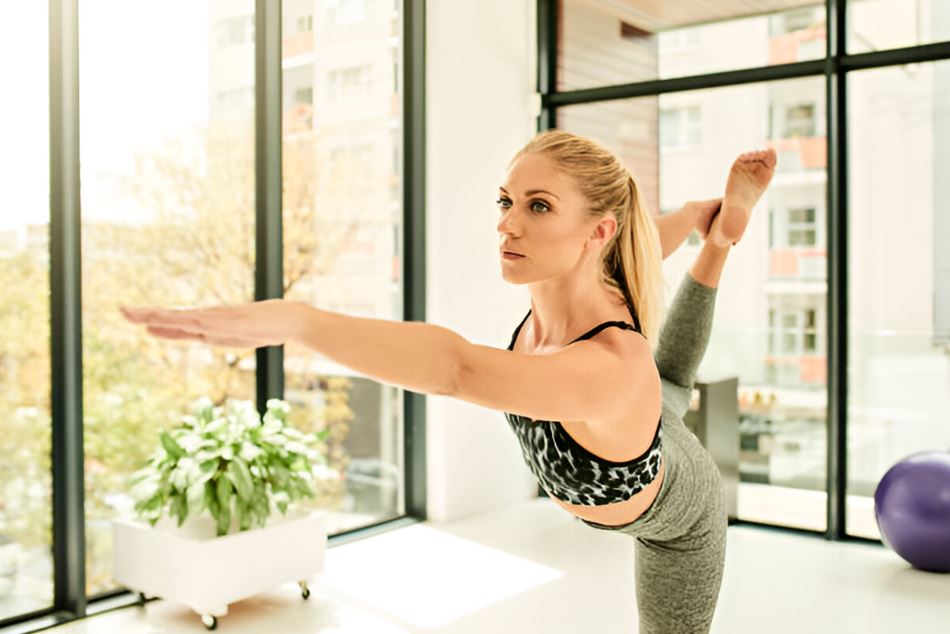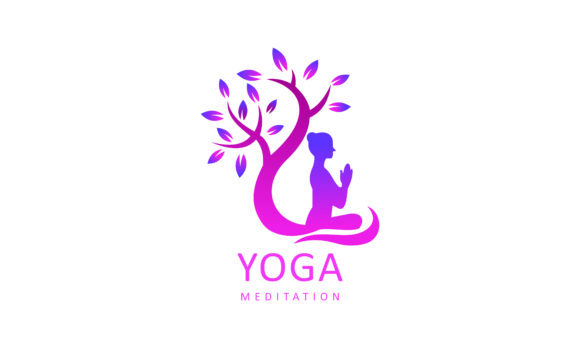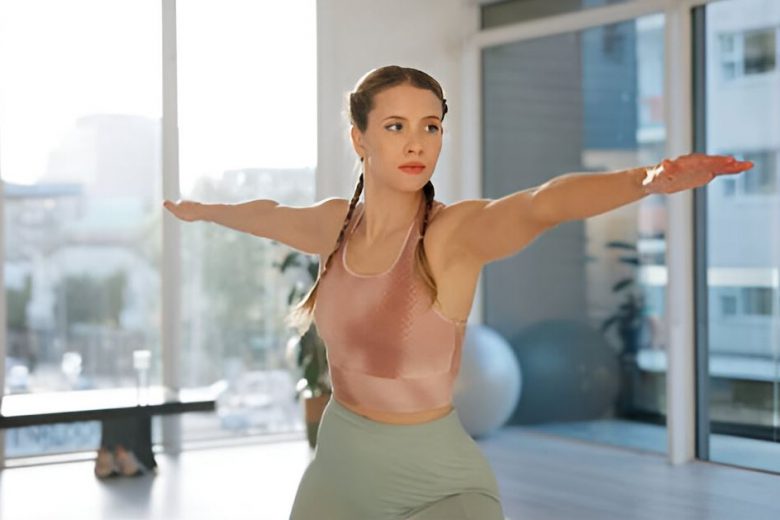Yoga is a practice that offers endless opportunities for growth. Whether you are a beginner or have been practicing for years, there are always ways to level up your yoga practice and deepen your understanding. Yoga is not just about mastering advanced poses; it’s about enhancing your connection to yourself, improving your strength and flexibility, and cultivating mindfulness both on and off the mat.
In this article, we’ll explore easy yet effective ways to elevate your yoga practice, helping you achieve more progress and mindfulness, no matter where you are on your journey.
1. Set Clear Intentions for Your Practice
One of the most powerful ways to enhance your yoga practice is by setting clear, focused intentions. This helps guide your practice with purpose, whether your goal is to improve flexibility, build strength, or reduce stress.
How to Set Intentions:
- Take a few moments before each practice to ask yourself what you want to focus on.
- Your intention can be anything from self-compassion to cultivating inner peace or improving physical alignment.
- Use this intention to guide you throughout the session, helping you stay connected to your purpose.
Benefits:
- Helps maintain focus and mindfulness.
- Encourages a deeper connection between mind and body.
- Creates a personal goal for each practice.
2. Practice Mindful Breathing (Pranayama)
Breathwork, or pranayama, is a fundamental part of yoga that can significantly enhance your practice. Proper breathing techniques increase oxygen flow, reduce stress, and improve concentration. By focusing on your breath, you bring more mindfulness into your practice, making it easier to stay present.
Pranayama Techniques to Try:
- Ujjayi Breathing (Ocean Breath): This helps maintain focus and calm, while energizing the body.
- Nadi Shodhana (Alternate Nostril Breathing): A balancing technique that calms the mind and harmonizes energy flow.
- Bhramari (Bee Breath): Reduces tension and anxiety, promoting relaxation.
Benefits:
- Enhances mindfulness and awareness.
- Supports energy flow throughout the body.
- Helps you stay grounded and focused during challenging poses.
3. Focus on Alignment and Form
Proper alignment is essential to advancing your yoga practice. It reduces the risk of injury and allows you to experience each pose to its fullest potential. Pay close attention to how your body feels in each asana (pose) and make small adjustments to align your joints and muscles properly.
Tips for Improving Alignment:
- Use props such as blocks, straps, or blankets to support proper alignment.
- Practice in front of a mirror to observe your form.
- Work with a yoga teacher to receive personalized adjustments and feedback.
Benefits:
- Prevents injury and strain.
- Improves the effectiveness of each pose.
- Helps deepen your practice by refining foundational poses.
4. Try New Styles of Yoga
If you’ve been practicing the same style of yoga for a while, exploring new styles can help you expand your skills and challenge your body in different ways. Each yoga style offers unique benefits and can add new dimensions to your practice.
Yoga Styles to Explore:
- Ashtanga: A more rigorous style that focuses on strength, endurance, and a set sequence of poses.
- Yin Yoga: A slower-paced practice that emphasizes deep stretching and longer holds, helping to improve flexibility.
- Restorative Yoga: A gentle practice designed to promote relaxation and stress relief.
- Vinyasa: A flowing style that links breath with movement, providing a dynamic and invigorating practice.
Benefits:
- Challenges your body and mind in new ways.
- Keeps your practice exciting and prevents stagnation.
- Helps develop different aspects of your physical and mental well-being.

5. Incorporate Meditation into Your Practice
Yoga is not just about physical postures. Incorporating meditation into your routine can help you connect with the mental and spiritual aspects of the practice. Meditation fosters mindfulness, improves concentration, and helps you cultivate inner peace and balance.
How to Add Meditation:
- Start or end your practice with 5-10 minutes of seated meditation.
- Focus on your breath, a mantra, or a visualization to quiet the mind.
- Try guided meditations or apps to assist you.
Benefits:
- Enhances mindfulness and mental clarity.
- Deepens your connection to your practice.
- Promotes relaxation and reduces stress.
6. Attend Workshops or Yoga Retreats
Workshops and retreats offer a deeper dive into specific areas of yoga, whether it’s learning advanced poses, mastering pranayama, or exploring yogic philosophy. By immersing yourself in a more intensive learning environment, you can gain valuable insights and techniques that will elevate your practice.
What to Expect from Workshops or Retreats:
- In-depth exploration of specific aspects of yoga (e.g., backbends, inversions, or arm balances).
- Personalized guidance from experienced teachers.
- A supportive community of fellow yogis to learn and grow with.
Benefits:
- Accelerates learning and skill development.
- Provides new tools and insights to integrate into your regular practice.
- Offers the opportunity to focus on specific goals in a structured environment.
7. Build a Consistent Practice
Consistency is key when it comes to leveling up your yoga practice. Even if you can only commit to short sessions each day, practicing regularly will lead to improvements in strength, flexibility, and mental focus.
Tips for Creating a Consistent Practice:
- Set aside time for yoga every day, even if it’s just 10-20 minutes.
- Create a comfortable space at home where you can practice regularly.
- Use online classes or apps to guide you when you can’t make it to the studio.
Benefits:
- Leads to steady improvement over time.
- Builds strength and flexibility gradually.
- Reinforces positive habits and mindfulness.
8. Challenge Yourself with New Poses
Once you’ve mastered basic poses, don’t be afraid to challenge yourself with more advanced postures. Trying new poses encourages growth and helps you break out of your comfort zone. However, it’s important to approach challenging poses with patience and proper preparation.
Advanced Poses to Try:
- Headstand (Sirsasana): Great for building upper body strength and improving balance.
- Crow Pose (Bakasana): Strengthens the arms, wrists, and core, while building confidence.
- Wheel Pose (Urdhva Dhanurasana): A powerful backbend that opens the chest and shoulders, while improving flexibility.
Benefits:
- Builds strength, balance, and flexibility.
- Keeps your practice exciting and motivating.
- Encourages a sense of achievement and confidence.
9. Listen to Your Body
One of the most important principles of yoga is listening to your body. As you deepen your practice, it’s easy to become focused on achieving advanced poses, but it’s equally important to know when to rest or modify postures.
How to Practice Mindful Listening:
- Pay attention to how your body feels during each pose.
- Avoid pushing yourself too far, especially if you feel pain or discomfort.
- Take breaks and use props when needed.
Benefits:
- Prevents injury and overexertion.
- Encourages a sustainable and balanced yoga practice.
- Enhances your mind-body connection.
Elevating your yoga practice doesn’t have to be about mastering the most challenging poses. By setting intentions, practicing mindful breathing, improving alignment, exploring new styles, and remaining consistent, you can take your yoga journey to the next level. Always remember to listen to your body, practice with purpose, and embrace the process of growth. Whether you’re deepening your physical practice or connecting more deeply to your breath and mind, these easy methods will help you continuously evolve on your path.

